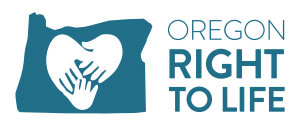There are red flags. And then there were are really big red flags.
Dr. Boudewijn Chabot is considered the patron saint of euthanasia in the Netherlands, which he still supports. But he’s now sounding the alarm that the killing has gone too far.
This should be a glaring wakeup call for Americans who are complacent about physician-assisted suicide or euthanasia, or actually support it.
In 1991, Chabot, a geriatric psychiatrist, thumbed his nose at Dutch law and admittedly euthanized a physically healthy 52-year-old social worker. The High Court found him “guilty without punishment.” Until recently, he had celebrated the sea change ushered in by his deadly action.
He is now singing a different tune after research revealed how many individuals with dementia are being euthanized. The numbers are skyrocketing among this segment of society that has been the central focus of his professional career. Chabot also is alarmed with who’s euthanizing them and the process being circumvented to carry it out.
In the past, advocates of euthanasia have touted three important “safeguards” governing Holland’s euthanasia law: (1) a voluntary and deliberate request, (2) an individual with unbearable suffering without the prospect of improvement, and (3) no reasonable alternative to euthanasia is available.
According to Chabot, these so-called safeguards are quickly falling by the wayside. “Silently, the very foundation of the law is being eroded,” he explained.
He offers evidence to prove his point.
Safeguard number one requires that the person who wants to be euthanized provides a verbal, deliberate request. That has now been substituted with a written letter of intent which can easily be forged or manipulated to represent the patient’s wishes. The law also doesn’t require that the physician administering euthanasia have a therapeutic relationship with the patient, which makes it difficult at best to know if it is a genuine request. Regardless, Chabot doesn’t believe a person in advanced stages of dementia can authentically request euthanasia when they are unaware of what will actually be happening.
Chabot was further concerned to find out that sometimes when permission isn’t given, it’s not needed. “If necessary, physical force is used. He cited a ‘doctor’ who started the euthanasia process by sneaking a sedative into the patient’s coffee. The patient resisted the lethal injection and family members held her down as he killed her. In the end, the physician still called her a cooperative patient.”
Safeguard number two was scrapped in 2012 when the Review Committee stopped questioning doctors who said their euthanasia patients experienced unbearable suffering without a prospect of improvement. Responding to objections, the committee replied, “Who are we” to question the doctors? Professionals say it is already difficult to effectively judge unbearable suffering with advanced dementia, and nearly impossible without a therapeutic relationship with the patient.
Safeguard number three was summarily discarded when “doctors” began to allow patients to reject any available alternatives and still qualify for euthanasia.
Chabot points out that the use of nice-sounding euphemisms had been an effective tool to introduce euthanasia in the Netherlands. He compares the process to how the first abortion law was introduced by saying a woman had to be in an “emergency situation” to get one. It didn’t take long before every woman got a requested abortion if she rejected any other solution. “Self-determination around the end of life is for many people as important as in the context of abortion,” Chabot observed.
Chabot’s red flags should be an obvious concern for Americans. He writes, “One can easily predict that all of this could cause a skyrocketing increase in the number of euthanasia” and attributes it to “the financial dismantling of care.”
We have experienced a similar dismantling in the U.S., particularly in the wake of Obamacare.
Within the jungle of health care, insurance companies are at the top of the food chain. In the midst of the jungle, patients struggle to get through the thick vegetation of obstacles planted by insurance providers, when it’s the patients who should be the priority in the health care process.
Individuals living in states that have passed physician-assisted suicide laws are most vulnerable. Insurance companies have rejected patients’ needs for expensive life-saving treatment, while offering to cover the cost of toxic drugs to end their lives.
In the Netherlands, End of Life Clinic Foundation is the Planned Parenthood of the euthanasia industry. They kill patients who have been turned down by their own doctors, many of them suffering from dementia. By 2016, they performed 75 percent of all euthanasia cases involving chronic psychiatric patients. The foundation views euthanasia as “virtuous labor.” This sounds eerily familiar to Planned Parenthood’s motto “Care. No matter what.”
The evolution of euthanasia in the Netherlands has caused Chabot to ask, “What happens to doctors for whom a deadly injection becomes a monthly routine?”
In summary, Chabot asks another question, “Where did the euthanasia law go off the tracks?” He then provides a clear cut, three-part answer:
- When the existence of a treatment relationship was no longer required.
- When patients with dementia were no longer required to make a definitive verbal request.
- When, particularly, the Review Committee concealed the fact that incapacitated people were being surreptitiously killed.
The former full-throated euthanasia activist doesn’t see how they can get the genie back into the bottle. But, he says, “It would mean a lot if we’d acknowledge he’s out.”
America beware. It didn’t take the Netherlands long to advance to their extreme euthanasia policies. We are already quick on their heels. Nursing Times magazine reports one in four nurses admit to injecting terminal patients with drugs to speed their dying. Two-thirds want to legalize euthanasia.
The Oregon State Senate recently approved amending their advance directive to, in some cases, allow withholding food and water from patients with dementia and mental illness against their will. The insurance industry was a chief advocate.
Charles D. Blanke, MD, participates in Oregon’s physician-assisted suicide program. Yet, he is surprised by how few of his colleagues (5 percent) first refer patients to psychiatrists. Depression often disqualifies an individual from receiving the lethal drugs.
He is also concerned that only 17 percent of these physicians are present during an assisted suicide. Blanke offers himself to all of his patients and 100 percent of them have said yes.
Evidence shows that, like abortion, the patient isn’t the top priority during the killing process. The question is, can America learn from our friends across the pond before it’s too late?
[This column by Bradley Mattes, president of Life Issues Institute, was posted online on June 28, 2017 at www.lifeissues.org.]






One Reply to “Euthanasia Pioneer Having Second Thoughts”
Thank you for giving us this article. Most people are completely unaware of the Remmelink report and how far off the rails the Netherlands has gone with this.